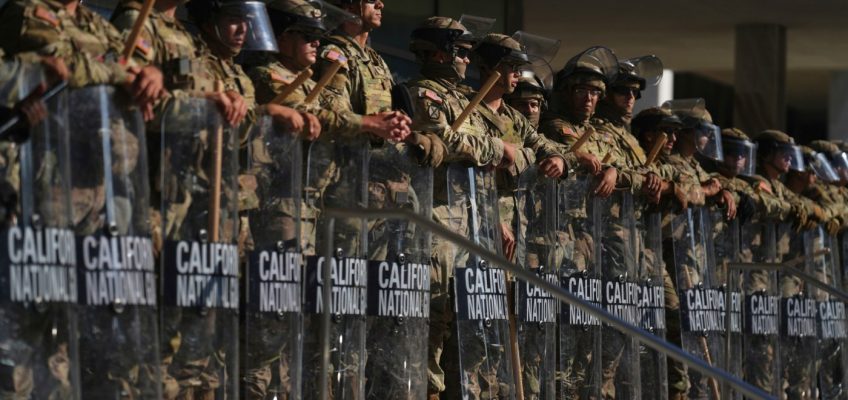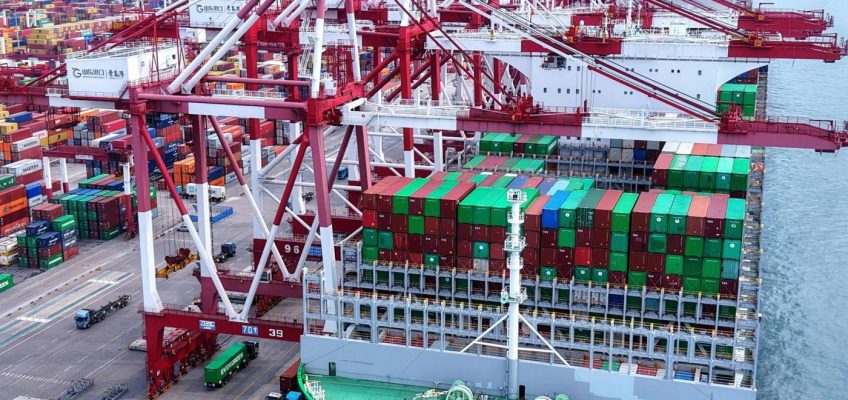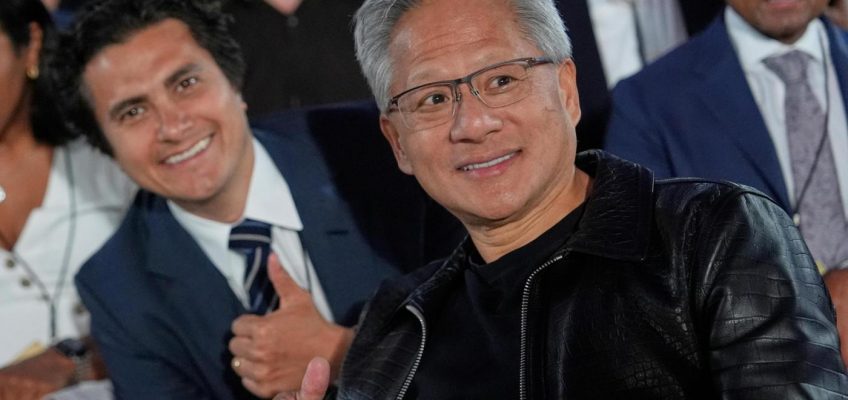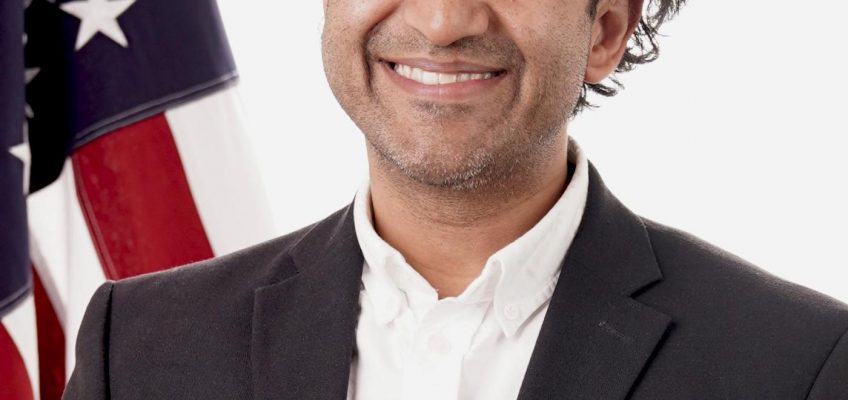By JANIE HAR and OLGA R. RODRIGUEZ
SAN FRANCISCO (AP) — A federal judge in San Francisco will consider evidence and hear arguments on whether the Trump administration violated federal law when it deployed National Guard soldiers and U.S. Marines to Los Angeles following protests over immigration raids this summer.
Related Articles
Ousted FDA vaccine chief Vinay Prasad is returning to the agency
Germany invites Trump, Zelenskyy, NATO, EU leaders to a virtual meeting before Trump-Putin summit
Trump’s big bill is powering his mass deportations. Congress is starting to ask questions
Texas Legislature to take another swing at redistricting vote as Democrats extend their walkout
Watch live: Trump says he’s placing Washington police under federal control and deploying the National Guard
The Trump administration federalized California National Guard members and sent them to the second largest U.S. city over the objections of Gov. Gavin Newsom and city leaders, after protests erupted June 7 when Immigration and Customs Enforcement officers arrested people at multiple locations.
California is asking Judge Charles Breyer to order the Trump administration to return control of the remaining troops to the state and to stop the federal government from using military troops in California “to execute or assist in the execution of federal law or any civilian law enforcement functions by any federal agent or officer.”
The 1878 Posse Comitatus Act prevents the president from using the military as a domestic police force. The case could set precedent for how Trump can deploy the guard in the future in California or other states.
The Department of Defense ordered the deployment of roughly 4,000 California National Guard troops and 700 Marines. Most of the troops have since left but 250 National Guard members remain, according to the latest figures provided by the Pentagon. The remaining troops are at the Joint Forces Training Base, in Los Alamitos, according to Newsom
Newsom won an early victory from Breyer, who found the Trump administration had violated the Tenth Amendment, which defines power between federal and state governments, and exceeded its authority.
The Trump administration immediately filed an appeal arguing that courts can’t second guess the president’s decisions and secured a temporary halt from the appeals court, allowing control of the California National Guard to stay in federal hands as the lawsuit continues to unfold.
After their deployment, the soldiers accompanied federal immigration officers on immigration raids in Los Angeles and at two marijuana farm sites in Ventura County while Marines mostly stood guard around a federal building in downtown Los Angeles that includes a detention center at the core of protests.
The Trump administration argued the troops were needed to protect federal buildings and personnel in Los Angeles, which has been a battleground in the federal government’s aggressive immigration strategy. Since June, federal agents have rounded up immigrants without legal status to be in the U.S. from Home Depots, car washes, bus stops, and farms. Some U.S. citizens have also been detained.
Ernesto Santacruz Jr., the field office director for the Department of Homeland Security in Los Angeles, said in court documents that the troops were needed because local law enforcement had been slow to respond when a crowd gathered outside the federal building to protest the June 7 immigration arrests.
“The presence of the National Guard and Marines has played an essential role in protecting federal property and personnel from the violent mobs,” Santacruz said.
After opposition from the Trump administration, Breyer issued an order allowing California’s attorneys to take Santacruz’s deposition. They also took a declaration from a military official on the National Guard and Marines role in Los Angeles.
The Trump administration’s attorneys argued in court filings last week the case should be canceled because the claims under the Posse Comitatus Act “fail as a matter of law.” They argued that there is a law that gives the president the authority to call on the National Guard to enforce U.S. laws when federal law enforcement isn’t enough.
Trump federalized members of the California National Guard under Section 12406 of Title 10, which allows the president to call the National Guard into federal service when the country “is invaded,” when “there is a rebellion or danger of a rebellion against the authority of the Government,” or when the president is otherwise unable “to execute the laws of the United States.”
Breyer found the protests in Los Angeles “fall far short of ‘rebellion.’”
“Next week’s trial is not cancelled,” he said in a ruling ordering the three-day bench trial.




